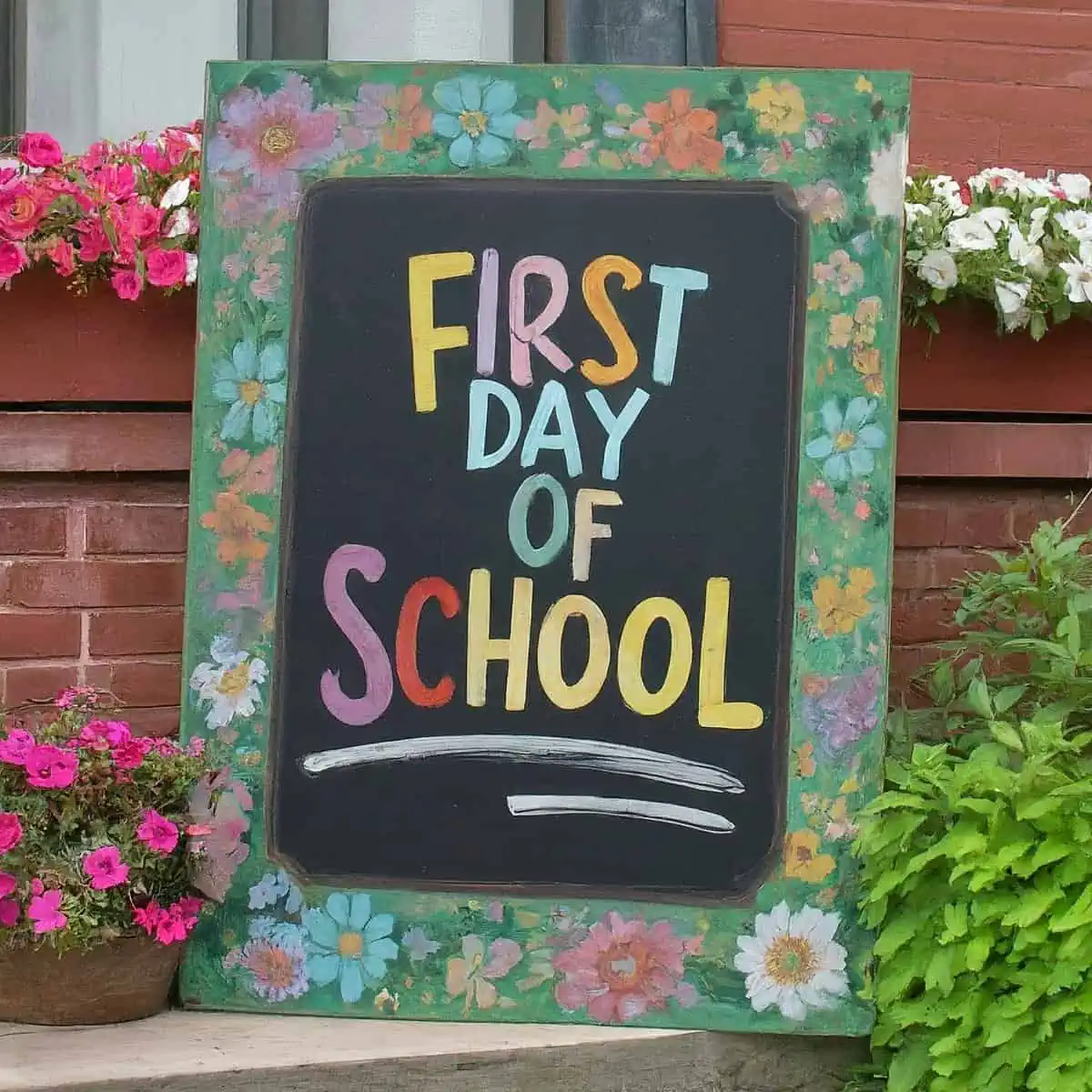Student Engagement Strategies for Digital Classroom
Students don’t feel like rolling out of their beds and sprinting to the bus stop to head off to school in today’s times. Instead, most of them prefer attending classes on their desktops, laptops, or their smartphones.
In fact, an NEPC (National Education Policy Centre) study states that around 300,000 students enrolled in 501 virtual schools by the end of 2020.
Such a number might seem insignificant, but it gets dwarfed by the six million who enrolled in online higher education programs in the same duration.
A digital classroom offers numerous benefits to schools, instructors, and students alike. They allow instructors to teach anywhere from the world and students to learn from anywhere from the world, especially in underdeveloped countries where there is a lack of schools and teaching facilities.
However, for the upshots a digital classroom offers, it also has its challenges. The online nature of a classroom might leave students disengaged and disconnected.
The critical question is; how instructors can excite and engage their virtual students who are living far away? Here are a few tips to improve student engagement in the digital classroom.
Try to break the ice
Start your semester or course on the perfect note by developing an engaging and fun digital classroom environment. You can help students feel connected to everyone over the virtual space by simply breaking the ice for them as they learn about each other.
One approach is to pair up students and ask them to conduct interviews with each other. Encourage them to ask questions to get to know each other better, such as what are their likes, passions, and ambitions.
Or where do they see themselves after completing the online masters in emergency management program, or whatever degree they’ve enrolled for.
These questions will help everyone understand their peers and build a comfortable learning environment that will flourish in the weeks to come.
Develop individual learning programs
Utilize the unique advantages that a digital classroom offers to develop personalized, individual learning plans for every student.
This includes the incorporation of technology that allows you to track every student’s academic performance. By assessing your online virtual students, you can find out and eliminate shortcomings in their learnings, adjust the lessons’ pace, and determine the learning type they respond to the best.

Create a concise curriculum
Not only are today’s students’ attention spans shorter, but virtual students also can skim complex information and skip out on boring, long lectures.
With so many things to distract them, you, an instructor or manager, have to work extra hard to grab and keep a hold of their short attention.
One way you can achieve this is by developing captivating but short lessons or lectures. For example, drop those boring hour-long lectures and give way to shorter ones that use interactive media like music or YouTube videos to engage students.
Also, encourage students to interact with both you and their online class fellows. It means more open discussion on less lecturing. In the digital world, content is king and arguably the best way to build and maintain high engagement rates.
This isn’t just fluff for marketing or social media. Instead, it has its implications in all aspects across the digital realm, including education.
Make the curriculum flexible
You can engage your online students by allowing them to use their current interests, traits, and talents to complete assignments. Not every student would want to write a book report or do an essay.
For example, suppose you’re teaching literature and intend to build your virtual classroom’s interest in Dracula. Ask them to show you what they learned from the book in a way that appeals to them.
It could be either in the form of an audio monologue or a short vlog. With the diversity of ideas comes engagement. Now, doesn’t everyone turning in a traditional assignment in the form of an essay sound less engaging all of a sudden?
Maybe a student might end up performing an exciting depiction of a scene from the classic horror novel, while another might talk about vampire mythology throughout history. Maintain flexibility in your curriculum, and your students will end up surprising you with their genius.
Solicit feedback
If you don’t know whether your virtual students feel engaged, there is no better way than asking them about it directly! That said, not every student will be comfortable with providing you with honest feedback.
Hence, consider acquiring it by maintaining their anonymity. This way, you can assess their knowledge about a particular subject, if they require more discussion, or what they want you to change in the digital classroom.
You can use polling applications to develop and manage polls smoothly. Ask students to take these polls easily and quickly via their mobile devices or computers.
The valuable feedback you collect will allow you to adjust your next virtual online session for better engagement.
Foster a community-based learning structure
Students tend to feel more engaged inside a digital classroom if they know they are a part of a larger group. It is one of the trickiest things to accomplish. However, there are various ways to build a strong learning community.
Develop a community-based learning structure by creating message boards or even something as simple as a Twitter hashtag. They can use these tools to connect and communicate with everyone outside and inside the virtual classroom.
Conclusion
If you want to compete with other universities, colleges, schools, and non-profit teaching organizations, your online classroom must offer a unique, distinctive, and engaging learning experience.
Help your students break the ice faster, develop flexible and engaging lesson plans, and create a community-style learning experience.
By following the tips mentioned above, you will create a learning experience that connects individuals worldwide in a more engaging manner.








